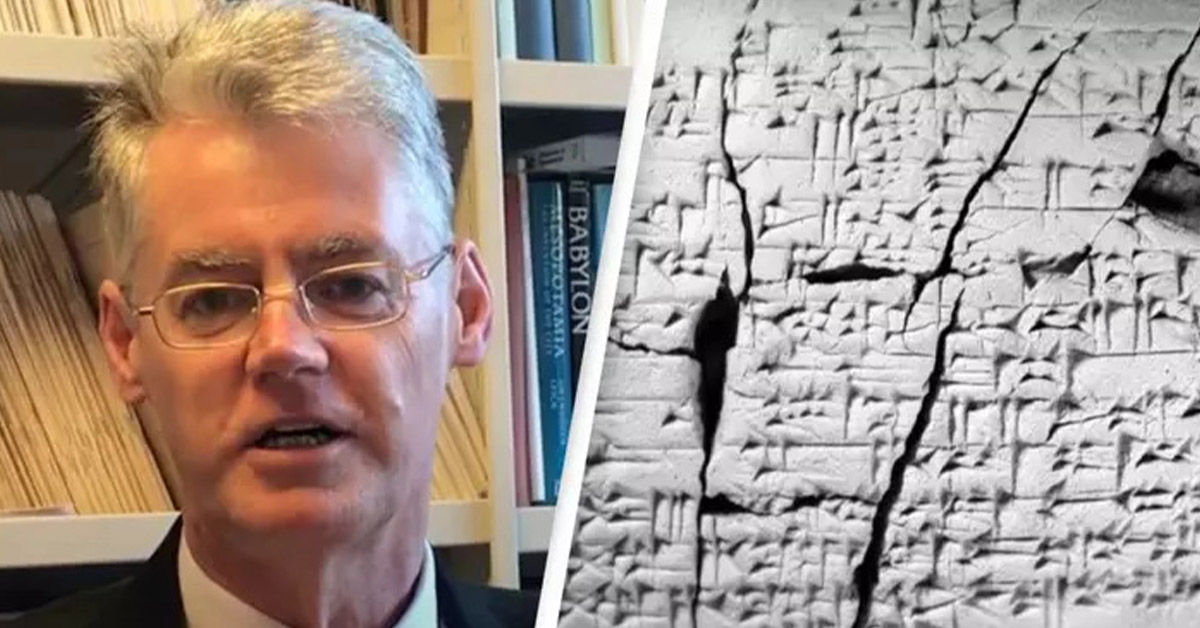Scientists have learned how to speak a language that hasn’t been used in thousands of years. They did this by studying two old clay tablets for a long time. The tablets were found about 30 years ago in what is now Iraq. They are thought to be around 4,000 years old, but it’s hard to give an exact age once you get into that range.
They were kept in different collections, but since 2016, two researchers have been studying them together to find out what they have been hiding for so long. The Amorites, who lived in the Middle East, made the tablets. They came from the area of Canaan, which is now Israel, Jordan, and Syria, but later moved to Mesopotamia, which later became parts of Iraq.

People have compared the finding of the tablets and their use to figure out this long-lost language to the Rosetta Stone, which helped us figure out Egyptian hieroglyphics and learn a language very different from our own. Since 2016, scholars have been looking at these tablets, and they now think they have figured out a long-lost language. David I. Owen gets credit for this.
The fact that the text on these tablets was written in two columns, with the lost Amorite language in the left column, makes them very important for understanding this lost language.
In the right column, written next to this lost language, was an old form of the Akkadian language that experts can read.
Since the two languages are written next to each other on the tablets and we can understand one, it is the key to reading and understanding the other language, just like the Rosetta Stone was for Egyptian hieroglyphs.
Researchers Manfred Krebernik and Andrew R. George told Live Science that what was known about the Amorite language was “so pitiful that some experts doubted that there was such a language at all.” They said that studying these tablets “puts an end to that question” because it shows that the language is consistent, predictable, and its own language.

Different angles of the two tablets may have found a language once thought to be lost. Rudolph Mayr/Rosen Collection is the source.
Thanks to a careful look at the text’s structure, the two figured out that the Amorite language came from West Semitic and was related to Hebrew and Aramaic. Yoram Cohen, a professor at Tel Aviv University, says that the tablets could have been written as a “tourist guidebook” for Akkadians who wanted to learn more about Amorite.
There is a list of gods in one part of the tablets, and in another, there are lines for greeting people.
Professor Cohen told Live Science that one part might be a love song. This makes the translated work a window into the lives of people who have been forgotten for thousands of years.
Just think: Thousands of years ago, when a writer wrote a translation guide on a couple of tablets so travelers could learn how to say “hello,” they didn’t know they were keeping a language alive so it wouldn’t die out.



